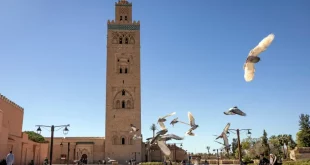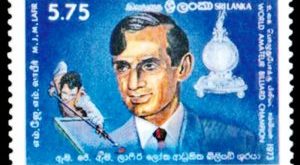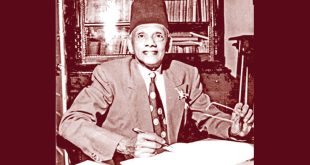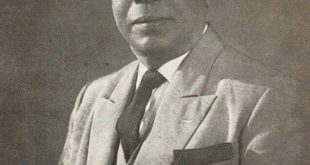We all are music lovers. Shakespeare in his dramas like Merchant of Venice has referred to musical scenes. This world renowned Bard says that a person who does not like music should not be trusted.
As far as Sinhala music is concerned we see that it has foreign influence specially from India. It is said that our celebrated dramatist, John de Silva got down Vishvanath Loujee from India to provide music to his various dramas.
Our Sinhala musicians in the past five decades or more learnt music at the feet of reputed Indian Gurus. Names are in legion. To name a few Ananda Samarakoon, Sunil Santha, Lionel Edirisinghe etc. They proceeded to great centres of learning like Shanthinikethan and Bhatkande.
A non-Sinhalese community in Sri Lanka that showed immense interest and played a remarkable role in our music is the Muslims. We were fortunate in listening to these songs from 1930’s. When I referred to Muslims I should also include our Malay brethren. Those who came to limelight were Mohamed Ghouse, A. R. M. Ibrahim, Ahamed Mohideen, Mohideen Baig, Lathif Bhai, T.F. Lathif, Mohamed Sali, Haroon Lantra, A.J. Kareem, Stanley Omar, G.S.B. Rani Perera, Nona Subaida, the wife of the erstwhile film artiste Dommy Jayawardena. I am told that there were some Muslim ladies who sang under pen names like Vinodhini.
The songs of the Muslim artistes become very popular among the Sinhalese. Mohamed Ghouse was a Music Director of several Sinhala films like Asokamala which was our second Sinhala film. It redounds to his credit that he introduced two outstanding background singers. Pandith Amaradewa and Mohideen Baig.
There were several reasons why our music lovers paid much attention to the songs of these Muslim artists. One was their theme. They eulogised the lofty ideals of Buddhism like ‘Budunge Uthum Woo Dharme’ by Baig and about a well-known Buddhist shrine – Buddha Gaya ‘Gayawa bera raksha karaw’ by Nona Subaida. This song gave support to Anagarika Dharmapala’s campaign in India to wrest the control of this place of worship.
People like them for their singing prowess. They were able to express the emotions the lyricist wanted to stress in this words. Example ‘Silumina Seya Vandim’ by Ahamed Mohideen.
Some years ago I was able to have a tete-a-tete with a well-known singer A. R. M. Ibrahim now in the land beyond. He was from Katukurunda – Kalutara. As a Muslim he was wearing the fez. On being asked why he took to Sinhala music, pat came answer in a Buddhist country it is our duty to praise the teachings of the Buddha. One of his songs was ‘Sundra Sirini Manahari’.
Scintillating music of their songs attracted the people. They applauded with glee their songs and invited them for their various functions which were called ‘Sajjes’. They flocked in hundreds around them and requested for more songs. They were so elated that they pinned currency notes on their shirts or coats.
Some Muslim artists became background singers for our Sinhala films. Those prominent among them were Mohideen Baig, Haroon Lantra and G. S. B. Rani Perera. Baig outshone others and he was most sought after and his films songs are very popular even today.
In the 1930’s several businessmen started song recording. Cargills Company had H. M. V. Gramophone Records while N. Porolis Fernando and Company had Colombia. These Muslim singers were able to popularize their songs with the fillip received from these songs recorded. It is said that the song ‘Silumina Seya Vandim’ was sold like hot cakes at that time.
What is more important is that these Muslim singers were instrumental in creating amity between the Sinhala and Muslims. The Sinhalese preferred their songs to the songs of others. They have become very popular that there are cassettes of these songs in the market today.
But it is sad to note that this Muslim Musicians of yesteryear faced pecuniary embarrassment and some were in abject poverty. The maestro, Mohideen Baig had problems with authorities over housing. Recently the President had to intervene in this matter.
It is our duty to perpetuate the names of Muslim singers for the services they have rendered to Sinhala music. Most of them were from Maradana and Borella areas and action should be taken to name some of roads by their names, so that the younger generation will know that there were talented Muslims singing Sinhala songs.
 Sri lanka Muslims Web Portal Diversity and Inclusiveness
Sri lanka Muslims Web Portal Diversity and Inclusiveness



